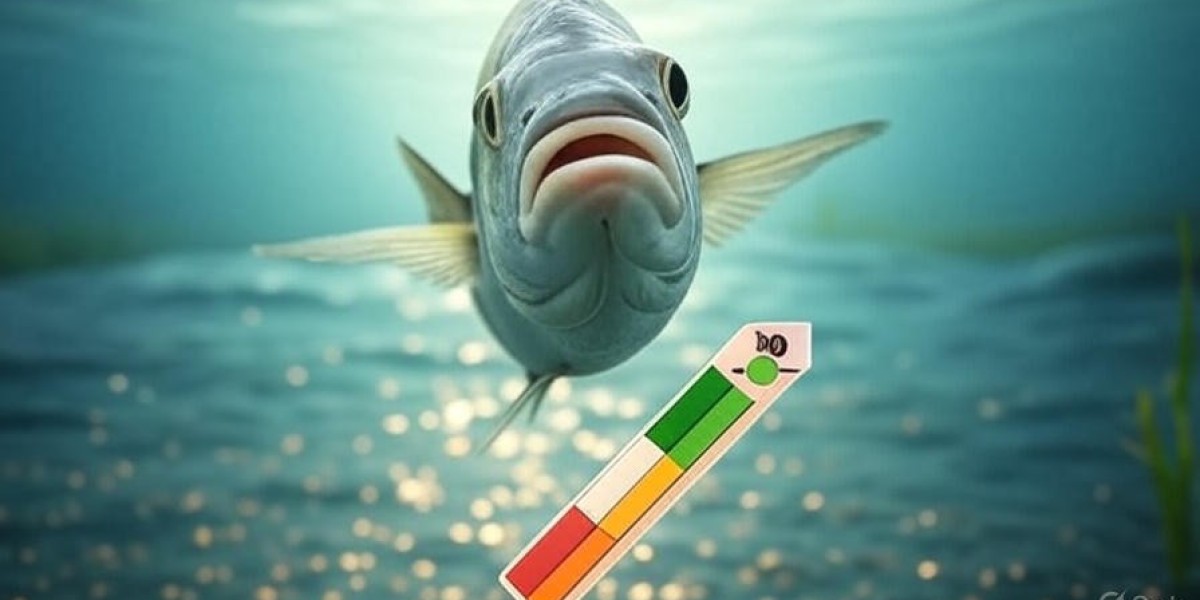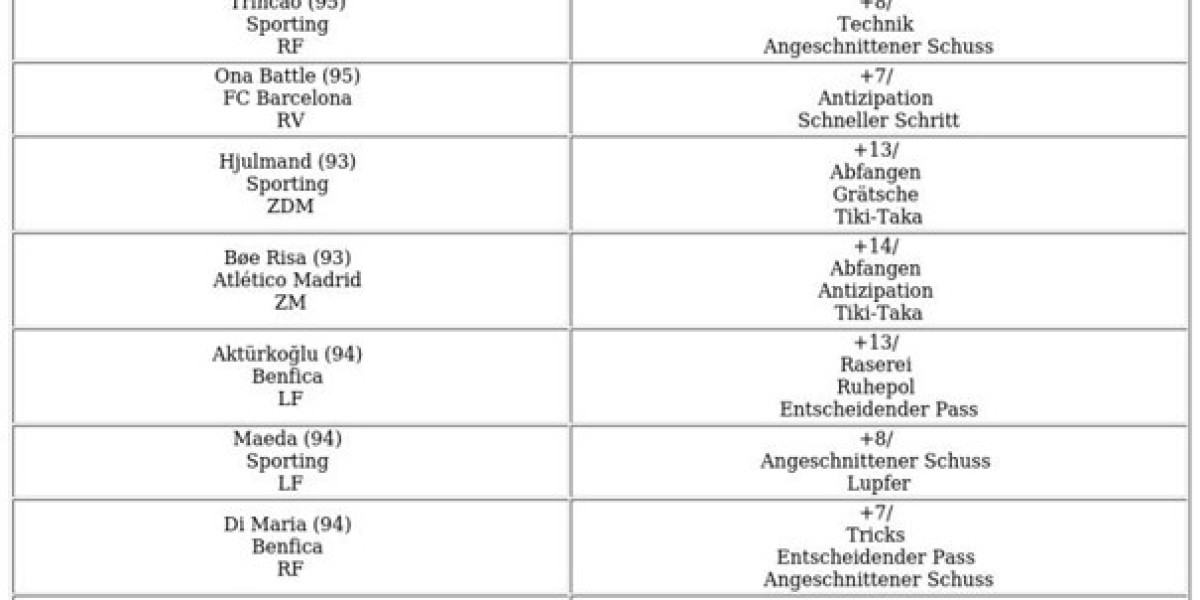A Fish's Story: What Growth and Movement Data Tell Us About Stock Health
In the world of fisheries science, we often talk about fish in broad terms—by species, by population size, or by catch numbers. But beneath these large-scale metrics lies a far more personal and powerful narrative: the story of an individual fish. Where did it travel? How fast did it grow? Did it survive its first year? The answers to these questions are no longer left to chance, thanks to a small but revolutionary piece of technology: the fish tags.
Far from a simple marker, a modern fish tags system is a sophisticated tool that provides a direct, verifiable link between a single fish and the data it carries. When that fish is recaptured, it’s not just a number on a scale; it’s a data point that can reveal the secrets of its life and, by extension, the health of its entire population. This article explores how individual growth and movement data, collected through tagging, provides the critical insights needed for effective fisheries management and conservation.
Part 1: Unlocking the Secrets of Growth
For decades, scientists have relied on methods like analyzing otoliths (tiny ear bones with growth rings, similar to a tree) to estimate a fish's age and growth rate. While effective, this is a destructive process that only provides a snapshot in time. Tagging, on the other hand, provides direct, real-world data on growth, and it’s a powerful tool for fisheries biologists.
When a fish is first tagged, a scientist records its initial length and weight, along with the date and location. When that same fish is recaptured—whether by a researcher or a recreational angler—its new measurements are recorded. The difference between the initial and final measurements, divided by the time at liberty, provides a precise, individual growth rate.
This simple comparison offers profound insights into the health of a fish stock:
Environmental Indicators: A fish's growth is a direct reflection of its environment. If tagged fish in a certain area are growing rapidly, it's a strong indicator that the habitat has abundant food resources and favorable conditions. Conversely, slow growth can signal issues like overcrowding, a lack of prey, or pollution. The data from fish tags can act as a natural sensor, helping scientists identify environmental stressors in a specific location.
Recruitment and Overfishing: When a stock is overfished, it often leads to a decrease in population size, which can, paradoxically, lead to an increase in the growth rate of the remaining fish. With less competition for food, individual fish grow faster and larger. While this might seem like a good thing, a sharp, sudden increase in growth rates for adult fish can be a red flag, signaling that the population's structure has been severely altered. This is a subtle but critical piece of information that can only be confirmed with the precise data provided by fish tags.
Selective Breeding: In aquaculture, tagging is used to identify and select the fastest-growing and most disease-resistant individuals for breeding. This helps to create more resilient farmed populations and improves the efficiency of food production. This application of fish tags is a cornerstone of modern aquaculture.
Part 2: Mapping the Journey of a Lifetime
Understanding a fish's movement patterns is equally vital. Are they staying in one place, or are they migrating thousands of miles? Do different populations mix? The answer to these questions has major implications for management and conservation, and tagging provides the most reliable data.
Defining Stock Boundaries: It's often difficult to determine if fish in two different areas belong to the same population. By using fish tags, scientists can track the movement of individuals and determine the extent to which stocks are interconnected. This is crucial for setting appropriate quotas and regulations. For example, if two geographically distinct populations are found to be mixing, they must be managed as a single unit to prevent one from being overfished.
Identifying Critical Habitats: Tagging data can reveal where a fish spends its different life stages. For example, a study on a tagged striped bass might show it uses coastal estuaries as a juvenile, migrates to offshore waters as an adult, and then returns to a specific river to spawn. This data allows for the creation of targeted conservation measures, such as protecting the estuary as a "nursery habitat" and regulating fishing during the spawning season. The insights from fish tags are key to protecting these vital areas.
Understanding Climate Change Impacts: As ocean temperatures rise, many species are shifting their migratory patterns to follow cooler waters. By using satellite or acoustic tags, scientists can track these long-term movements, providing tangible data on how climate change is affecting marine ecosystems. This information is essential for predicting future changes and adapting fisheries management plans accordingly. A tagging program is a powerful way to monitor the effects of a changing climate on a species' distribution. The precision of these fish tags is what makes the data so reliable.
The Power of the Cooperative Tagging Program
While technology like satellite tags and acoustic receivers provide incredible detail, much of the data on growth and movement still comes from cooperative tagging programs. In these initiatives, fisheries scientists work with recreational anglers and commercial fishermen who act as citizen scientists. Researchers provide the tags, and the fishermen tag and release fish. When one of those tagged fish is recaptured, the angler reports the tag number, the date, the location, and the size of the fish.
This partnership is a win-win. It allows for the collection of a massive amount of data over a wide geographical area, often at a lower cost than a traditional scientific expedition. For the angler, it's an opportunity to contribute directly to the conservation of a species they care about. The data from these recaptures has provided invaluable insights into the movement of species like Atlantic striped bass, red drum, and marlin, leading to more informed and effective management. This successful collaboration, made possible by simple fish tags, highlights the power of community in conservation.
A Final Word on Sustainable Fisheries
The stories told by tagged fish are not just scientific curiosities; they are the foundation of sustainable fisheries. They provide the hard data needed to move beyond guesswork and make informed decisions about catch limits, habitat protection, and the future of a species. Every time a tagged fish is recaptured, it adds another piece to the puzzle, helping us build a more complete and accurate picture of our marine ecosystems.
In the end, this simple act of tagging and reporting is a powerful reminder that every individual fish, in its own journey, contributes to the health and vitality of the whole. And by listening to their stories, we can ensure that future generations will have a healthy and thriving ocean to enjoy.








